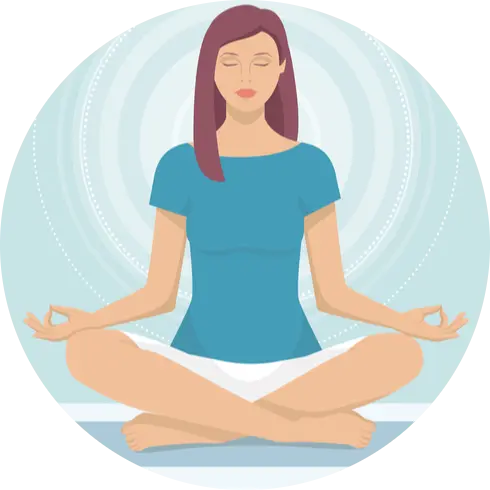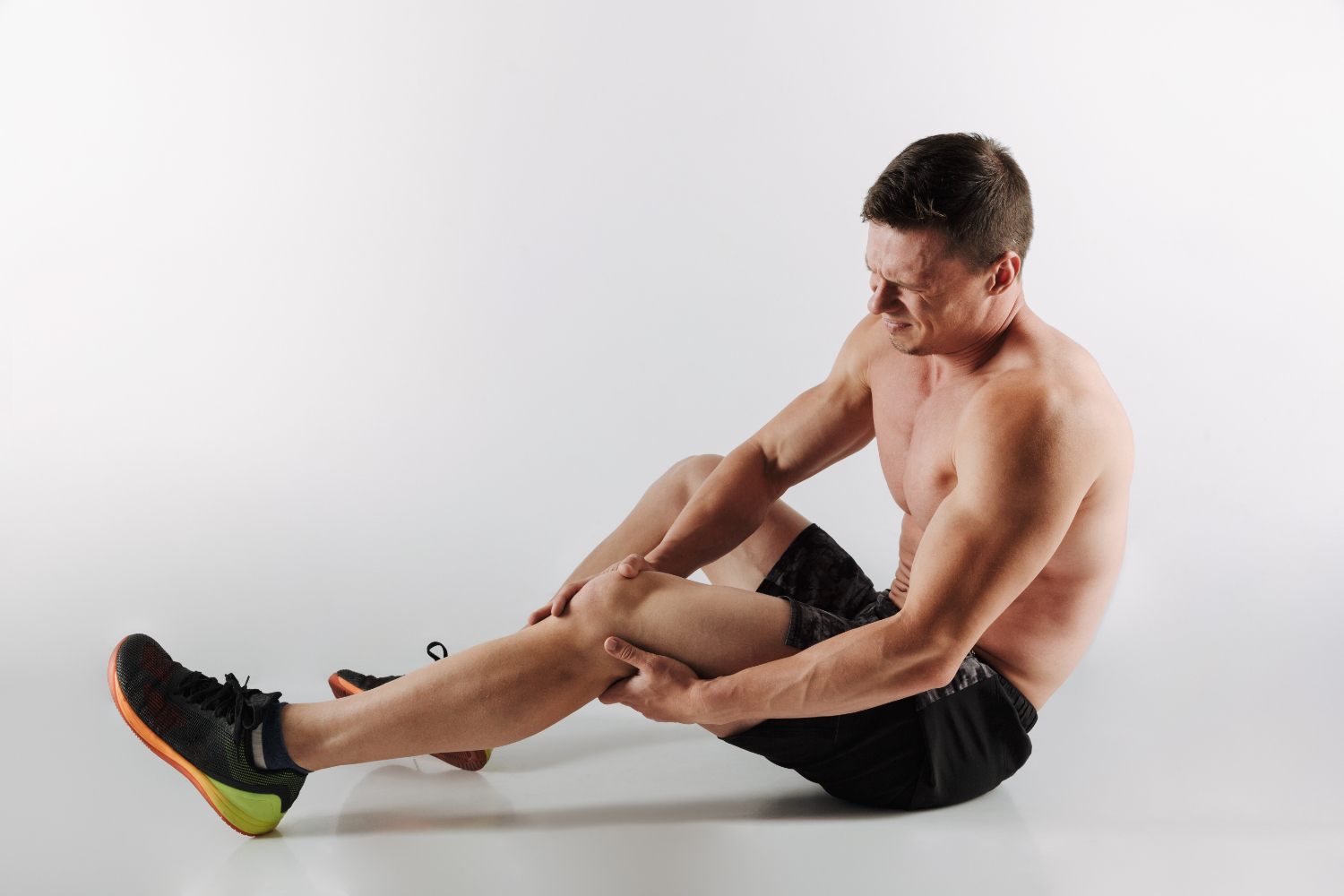If you’ve ever bent down to touch your toes or stretched after a workout, you might have noticed something peculiar: one hamstring feels tighter than the other. This common experience leaves many wondering why their hamstring muscles seem to have a mind of their own. Muscle tightness, particularly in the hamstrings, can be frustrating and uncomfortable. But what causes this imbalance?
In this article, we’ll dive into the anatomy of the hamstrings, explore the reasons behind unilateral tightness, and discuss expert advice on how to manage and prevent this issue. We’ll also answer frequently asked questions and examine the science behind hamstring flexibility.
Understanding the Hamstrings.
The hamstring is not just one muscle but a group of three muscles located at the back of your thigh. These muscles — biceps femoris, semitendinosus, and semimembranosus — work together to help you perform essential movements such as walking, running, and jumping. They play a crucial role in bending the knee and extending the hip, making them vital for mobility and athletic performance.
When one hamstring is tighter than the other, it often affects movement patterns, can lead to discomfort, and even increase the risk of injury. But what causes this imbalance in muscle tension? To get to the root of the problem, let’s look at the most common contributing factors.
Asymmetrical Movement Patterns.
One of the most common reasons for having one hamstring tighter than the other is asymmetrical movement patterns. Over time, habitual movements, like favoring one leg over the other during daily activities, can create imbalances in the body.
For instance, if you always lead with your dominant leg when climbing stairs or putting weight on one leg while standing, these movements can tighten one hamstring more than the other. According to Dr. Laura Stevens, a physical therapist with over 15 years of experience working with athletes, “People often don’t realize how daily habits can create muscle imbalances over time. Something as simple as favoring one leg while sitting or standing can result in unequal muscle tension.”
Personal Tip: Pay attention to how you move during your everyday activities. Making small changes, like alternating the leg you lead with or balancing weight evenly while standing, can help prevent further imbalances.
Injury History and Compensation.
Previous injuries are another key factor that can lead to one hamstring being tighter than the other. If you’ve had an injury — whether it’s in your knee, hip, or lower back — your body may have compensated by relying more on one side, leading to a disparity in muscle tension.
“After an injury, even once it heals, the body doesn’t always reset itself completely,” explains Dr. Michael Hayes, an orthopedic specialist who has treated numerous athletes recovering from hamstring strains. “We often see people overcompensating with the opposite leg during recovery, and this can cause tightness and discomfort in one hamstring.”
Personal Tip: If you’ve experienced an injury, even one that seems unrelated to your hamstring, it’s important to pay attention to any compensatory movements you might be making. Working with a physical therapist can help correct these imbalances and reduce tension in the affected hamstring.
Differences in Flexibility and Strength.
Strength and flexibility are two sides of the same coin when it comes to muscular health. If one hamstring is stronger or more flexible than the other, you may notice tightness or discomfort on the weaker side.
Hamstring tightness can be a sign that one muscle group is overworking to compensate for the other. Dr. Sarah Wilkins, a strength and conditioning coach, points out that “often, people will focus on strengthening their dominant side without realizing that the weaker side is being neglected. This leads to tightness as one side works harder than the other.”
Scientific Evidence: A 2019 study published in the Journal of Strength and Conditioning Research showed that asymmetry in hamstring strength was correlated with higher injury rates in athletes, especially in sports that require sprinting and sudden changes in direction. Addressing these imbalances through targeted flexibility and strength training can significantly reduce the risk of injury.(1)
Posture and Alignment Issues.
Your posture and alignment can also play a big role in whether one hamstring is tighter than the other. Pelvic tilt, for instance, is a common cause of hamstring tightness. If your pelvis is tilted forward or backward (known as anterior or posterior pelvic tilt), it can place uneven tension on your hamstrings.
Dr. Mark Thompson, a chiropractor with over two decades of experience, explains that “poor posture and alignment issues often lead to uneven tension in muscles, particularly the hamstrings. It’s important to address the root cause of the alignment problem, rather than just focusing on stretching the tight hamstring.”
Personal Tip: If you suspect that posture or alignment issues are behind your hamstring tightness, consider consulting a professional such as a chiropractor or physical therapist. They can help you identify any imbalances in your posture and recommend exercises or stretches to correct the problem.
Genetics and Structural Differences.
Sometimes, the reason for hamstring tightness is simply due to genetics or natural structural differences in the body. For example, leg length discrepancies, although often subtle, can lead to one hamstring being tighter than the other. Similarly, natural differences in joint mobility and muscle elasticity can create an imbalance between the two legs.
“Not every case of muscle tightness can be attributed to injury or bad habits,” says Dr. Emma Raynor, a sports medicine physician. “Some people are just naturally predisposed to having more flexibility or strength on one side of their body. This doesn’t necessarily mean there’s a problem, but it’s important to stay mindful of any discomfort.”
Effective Strategies to Address Hamstring Tightness.
Now that we’ve covered the causes, let’s explore how to address hamstring tightness effectively. Here are some expert-recommended strategies to restore balance and relieve discomfort.
1. Stretching and Mobility Exercises.
Stretching is one of the most effective ways to alleviate hamstring tightness. Regular, targeted stretching can help improve flexibility and reduce tension in the muscles.
Expert Insight: “When it comes to stretching, consistency is key,” says Dr. Sarah Wilkins. “Stretching both hamstrings equally, even if only one feels tight, ensures that you’re addressing the imbalance from both sides.”
Recommended Stretch: The standing hamstring stretch is a great way to relieve tightness. Stand with one leg extended in front of you, resting your heel on an elevated surface. Lean forward gently while keeping your back straight until you feel a stretch in your hamstring. Hold for 20-30 seconds and repeat on the other side.
2. Strengthening Weak Muscles.
Addressing hamstring tightness often involves strengthening not just the hamstrings, but other muscles that support balanced movement, such as the glutes and lower back.
Personal Tip: Incorporate exercises like glute bridges, deadlifts, and lunges into your routine to help strengthen these muscle groups.
3. Manual Therapy.
Sometimes, a tight hamstring needs more than just stretching and strengthening exercises. Manual therapy, such as massage or myofascial release, can help relieve muscle tension and improve blood flow to the affected area.
Dr. Laura Stevens advises, “Massage therapy can be highly effective in loosening up tight hamstrings, particularly if the tightness is due to muscle adhesions or scar tissue.”
4. Postural Corrections.
Improving your posture is essential for preventing imbalances that lead to tight hamstrings. This may involve exercises that strengthen your core and correct any pelvic tilt.
Frequently Asked Questions.
If the tightness is accompanied by sharp pain, swelling, or if it lasts for more than a few weeks despite stretching, it’s important to seek professional advice. Chronic tightness could indicate a more serious underlying issue.
Stretching daily, or at least three to four times per week, is recommended to maintain flexibility and prevent tightness from returning.
Yes, tight hamstrings can lead to lower back pain, knee issues, and even hip discomfort. Maintaining balanced flexibility in your hamstrings is key to overall lower body health.
Bottom Line.
Having one hamstring tighter than the other is a common issue that can arise from various factors, such as movement habits, injury history, posture, and even genetics. Understanding the underlying cause is the first step in finding a solution. By incorporating stretching, strengthening exercises, and possibly consulting with a healthcare professional, you can restore balance and reduce discomfort in your hamstrings.
Whether you’re an athlete or someone who sits at a desk all day, keeping your hamstrings healthy and balanced is crucial for overall mobility and well-being. Stay mindful of your movement patterns and take the time to stretch and strengthen your muscles to prevent future issues.
+1 Source
FitnessQuora has strict sourcing guidelines and relies on peer-reviewed studies, educational research institutes, and medical organizations. We avoid using tertiary references. You can learn more about how we ensure our content is accurate and up-to-date by reading our editorial policy.
- Relationship between lower extremity strength asymmetry and linear multidimensional running in female tennis players; https://pmc.ncbi.nlm.nih.gov/articles/PMC11439396/

 Workout
Workout
 Meditation
Meditation





 Contact Us
Contact Us





